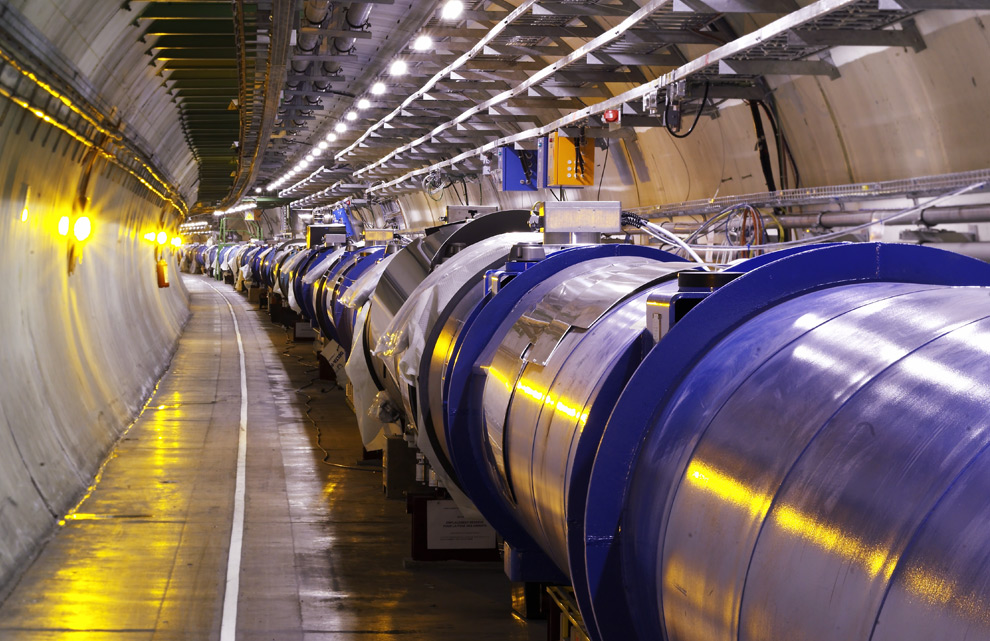This grandiose title is for an inaugural lecture across town that is targeted at a general audience. The speaker is a young professor at ITP, Stefano Pozzorini. Once a person receives a professorship at the University of Zurich, which does not have to be a permanent position, they have to sustain this type of public lecture. It's dark out already. The talk starts at 6:15 p.m. and is followed by a small reception. I hope I will find the building and the room.
Update: I did find the building. It is one of the most beautiful buildings on campus with columns, writing in latin and majestic horse statues at the entrance. The auditorium was equally impressive. The ceiling is tens of meters high and the walls are covered with imitations of sculptures from thousands of years ago.
The seminar was interesting. It often happens that general audience seminars end up at a low enough level so that I understand some part of what they say, but not low enough for the targeted audience. The talk was about detecting the Higgs boson. The Higgs boson is a spin zero, scalar particle that is necessary to explain how most elementary particles obtain their mass in the Standard Model. It would give mass to every elementary particle that couples with it including the Higgs itself. The data from Large Hadron Collider (LHC) has excluded heavy and mid-mass Higgs bosons. The hope is that the Higgs is light (around 120 GeV) and will be discovered soon.
The LHC is a detector that collides high energy protons or lead nuclei. The term hardon means it collides particles made of quarks. The protons and neutrons are heavy and made out of quarks, while the electron is still believed to be an elementary particle. It shuts down for the winter and will be operating for another 8 months starting in February. Afterwards, it shuts down for 2 years for upgrades. The proton beams have only reached half their design energy and are expected to reach the full 7 TeV per beam after this upgrade. The University of Zurich designed/built the inner track system of one of the detectors within the LHC, which determines the resolution with which the charged particles are detected.
The expectation was that they would find a new family of particles with the Higgs as a certain detection. So far they have not detected any new particles. If they do not find the Higgs, then the Standard Model is incorrect. One of the most minor modifications of the Standard Model is that there is a "invisible" sector of Higgs particles. This would mean that there are fewer "visible" Higgs particles than previously thought and hence harder to detect. The consensus from this talk was that we will find out very soon if there is a Higgs boson in the mass range they search and that we should just wait for data vs. speculate wildly. Speculation is fun, though...

0 comments:
Post a Comment